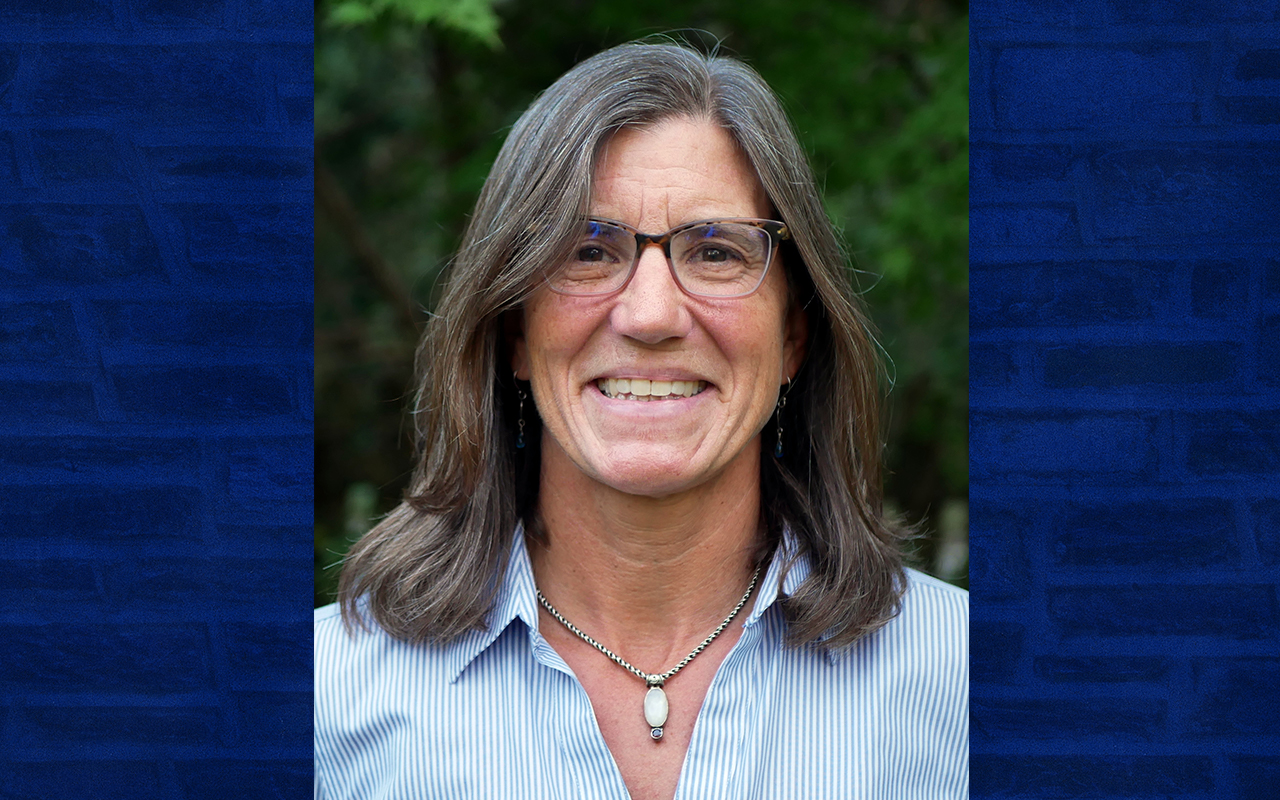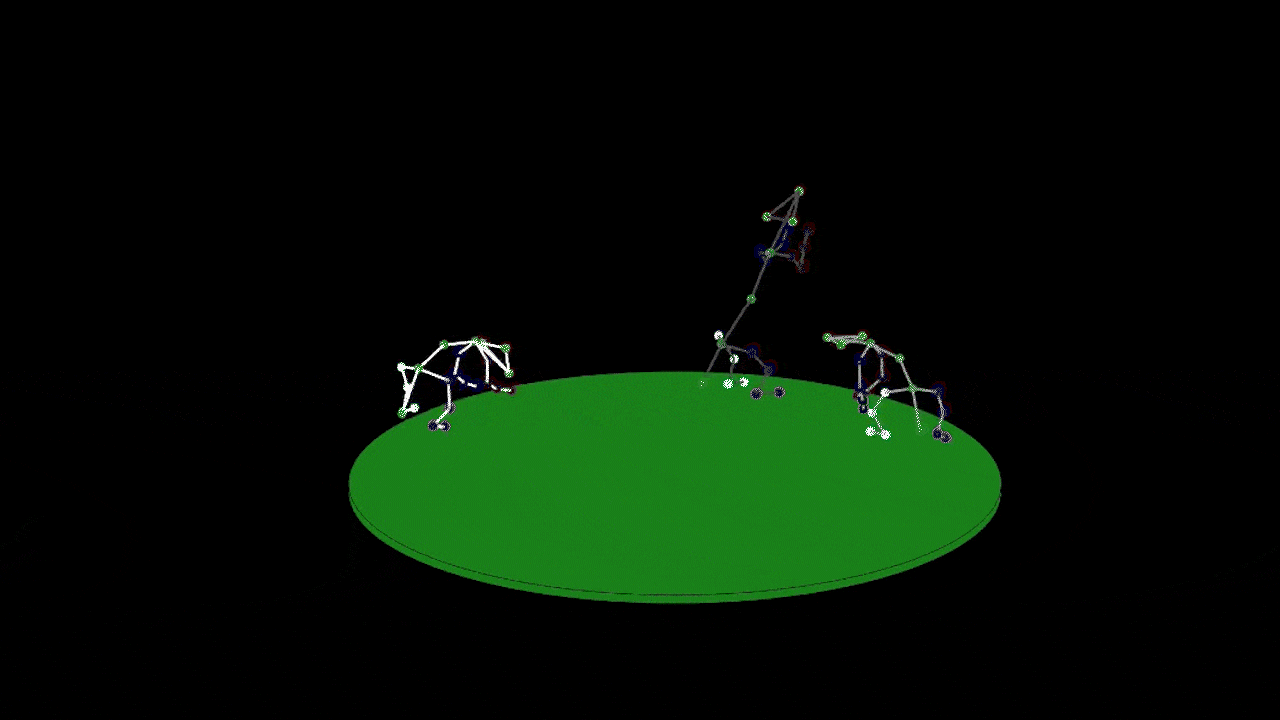
Materials Morph for Easier Health Monitoring
Xiaoyue Ni is creating wearable technology that goes beyond just tracking your steps, for everything from pregnancy to sleep patterns
We’re sorry—the news story you were looking for has been archived.
Please see the most recent stories below.

Xiaoyue Ni is creating wearable technology that goes beyond just tracking your steps, for everything from pregnancy to sleep patterns

The award recognizes Nightingale’s significant contributions to the progress of medical diagnostic ultrasound

A new platform uses machine learning to identify and map social interactions, unlocking new ways to study behavioral disorders like autism